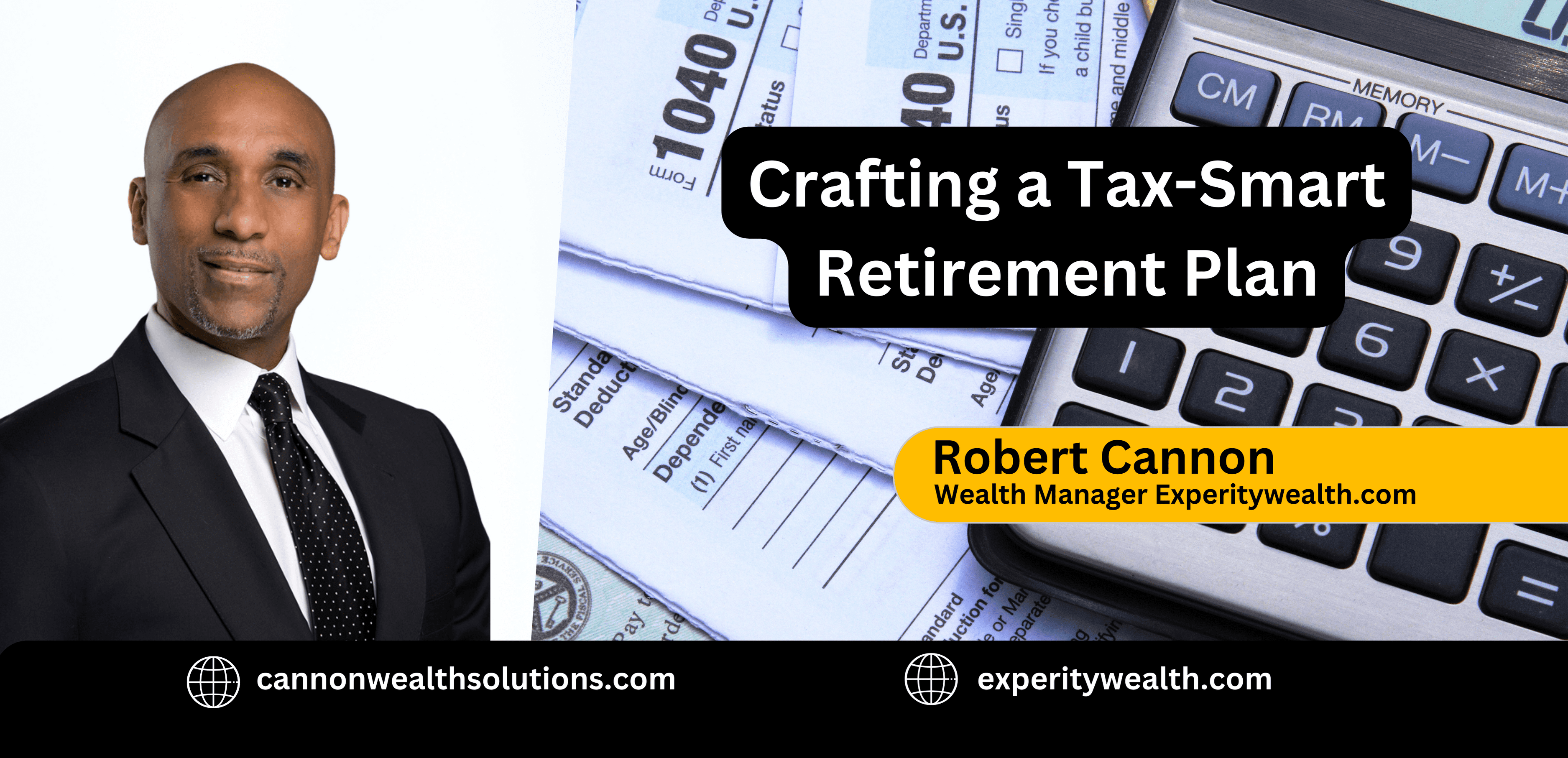As one approaches retirement, the importance of a well-structured tax plan cannot be understated. Strategic tax planning is a critical component of safeguarding one’s financial future, ensuring that the hard-earned savings provide the maximum benefit during the golden years. It’s a process that requires foresight and an understanding of how today’s decisions impact tomorrow’s financial security.
Understanding Retirement Tax Implications
Retirement income typically comes from various sources, each with its own tax considerations. These sources include Social Security benefits, pension income, retirement account distributions, and investment returns. Understanding the tax treatment of each is essential for effective planning.
Social Security Taxation
Social Security serves as a financial backbone for many retirees, but it also poses a potential tax event. The taxation of benefits hinges on what the Internal Revenue Service (IRS) terms “combined income.” This includes adjusted gross income, nontaxable interest, and half of your Social Security benefits. If this combined income surpasses a certain threshold, a portion of your Social Security benefits becomes taxable. Specifically, singles with a combined income between $25,000 and $34,000, or couples between $32,000 and $44,000, may find up to 50% of their benefits taxed. Above these ranges, up to 85% may be taxable.
Pension and Retirement Account Distributions
Pensions, a form of deferred compensation, are typically subject to income tax upon distribution if contributions were made pre-tax. The situation is similar for traditional retirement accounts like IRAs and 401(k)s, where distributions are taxed at ordinary income rates. This can have a pronounced impact on retirees’ tax liabilities, particularly if they find themselves in a higher tax bracket than anticipated.
Conversely, Roth IRAs and Roth 401(k)s, funded with after-tax dollars, offer a different advantage: withdrawals are generally tax-free, provided certain conditions are met, such as the account being at least five years old and the retiree being over the age of 59 and a half. This feature makes Roth accounts a powerful tool for managing tax liabilities in retirement.
Investment Income
Investments not sheltered within retirement accounts, such as stocks, bonds, and mutual funds, are exposed to capital gains taxes. Long-term capital gains, from investments held over a year, and qualified dividends are taxed at lower rates than ordinary income. However, these gains can inadvertently nudge retirees into higher tax brackets, increasing their overall tax burden.
Strategic realization of gains or losses, known as tax-loss harvesting, can be used to counterbalance income and maintain lower tax brackets.
Enhancing Retirement with Tax-Advantaged Strategies
Retirees have the unique opportunity to refine their financial landscape through the strategic use of tax-advantaged accounts and astute investment decisions. The goal is to maximize income and minimize tax liabilities during the retirement years.
Robert Cannon, a seasoned fiduciary financial advisor at Experity Wealth emphasizes the importance of aligning investment strategies with tax planning. “Tax planning shouldn’t be an afterthought when constructing a retirement strategy. It must be interwoven with investment decisions to ensure a cohesive approach that serves the client’s best interests,” he advises. Here are the key strategies he proposes for retirees;
The Strategic Value of Roth Conversions
Roth conversions are a compelling strategy for those who anticipate higher taxes in the future. By converting a traditional IRA to a Roth IRA, retirees agree to pay taxes on the converted amount in the current year. Despite the initial tax payment, the long-term benefits can be substantial. Roth IRAs not only provide tax-free growth but also tax-free withdrawals, which can be a significant advantage if tax rates rise or if one’s income is higher in retirement. Additionally, unlike traditional IRAs, Roth IRAs are not subject to Required Minimum Distributions (RMDs), allowing for further growth potential.
Tax-Loss Harvesting: Turning Losses into Opportunities
The market’s inevitable fluctuations can be turned to a retiree’s tax advantage. By selling investments that are underperforming and realizing a loss, these capital losses can be used to offset capital gains from other investments. This strategy, known as tax-loss harvesting, is particularly beneficial in a year with high capital gains, as it can reduce overall taxable income. Even in the absence of gains, up to $3,000 in losses can be deducted against ordinary income each year, and excess losses can be carried forward to future tax years.
Leveraging Charitable Contributions
Charitable giving can be an effective way to receive tax benefits while supporting causes one cares about. When donating appreciated securities directly to a charity, not only does one avoid paying capital gains taxes on the appreciation, but they are also eligible for a tax deduction based on the full market value of the assets at the time of donation. This can result in a double tax benefit: a deduction and the avoidance of taxes on gains. For those taking Required Minimum Distributions (RMDs) from retirement accounts, a Qualified Charitable Distribution (QCD) can satisfy the RMD requirement without the distribution being added to taxable income, thereby reducing overall tax liability
The Indispensable Role of Expert Financial Guidance in Retirement Tax Planning
Retirement tax planning is complex and dynamic, underscored by the ever-changing tax legislation and market conditions. This underscores the need for expert financial guidance. Advisors like Robert Cannon provide an essential service, distilling the complexities of tax law into actionable strategies for retirees. Their expertise is not merely a luxury but a critical component for anyone serious about maximizing their retirement resources and minimizing their tax burden.
Expert advisors serve as strategic partners in managing and preserving wealth. They utilize a comprehensive approach that integrates tax planning with investment strategies, healthcare planning, and estate planning to create a cohesive and flexible financial plan. “A well-crafted tax plan is a fundamental component of a successful retirement strategy,” Cannon emphasizes.
His experience suggests that by working with a professional, retirees can ensure that they are taking advantage of every tax benefit available to them, avoiding common pitfalls, and making informed decisions that bolster their financial security.
At Experity Wealth, the focus is on creating a retirement plan that not only aims for strong returns but does so with an eye on minimizing tax liabilities. “Our approach is to blend investment savvy with tax acumen to craft strategies that support a prosperous retirement,” Cannon states.





























